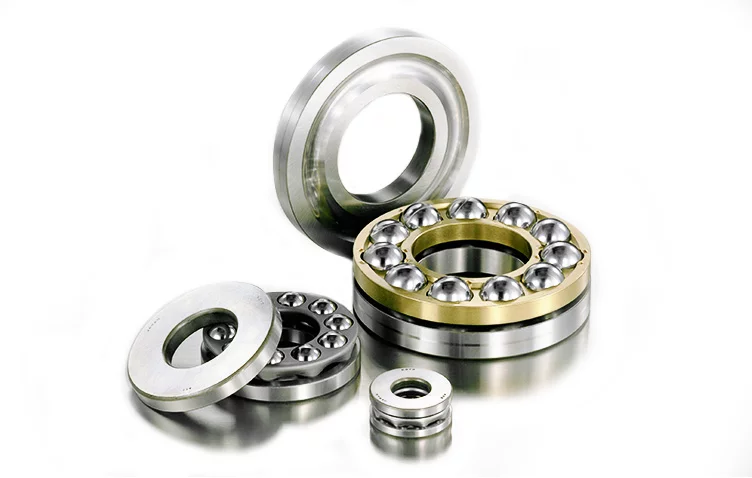
How Are Bearings Classified?
Bearings can be classified in different ways – by rolling element, tolerance class, and whether friction or anti-friction. The two main groups of bearings are – roller or ball. Those can be subdivided into radial roller, thrust roller, radial ball and thrust ball bearings.
Various roller types include spherical, tapered, needle, and cylindrical. Ball types include angular contact, single row and double row. Other classification for bearings include friction plain type and linear ball or rotary ball bearings.
When bearings are identified by type they can be further classified by tolerance class. Manufacturing standards such as ISO, DIN and ABEC create an ability by designers and engineers to obtain improved functionality. ABEC is an acronym for Annular Bearing Engineering Committee of the AFBMA (Anti- Friction Bearing Manufacturers Association Inc.) The ABEC grades of bearings are a set of standards for the manufacturing tolerances of bearings. All quality manufacturers around the world manufacture to at least ABEC 1 standard. ISO and DIN are international standards as compared to the American standard.
- ANSI Standard* DIN 620* ISO 492*
- ABEC 1 P0 Class Normal
- ABEC 3 P6 Class 6
- ABEC 5 P5 Class 5
- ABEC 7 P4 Class 4
Bearings are an integral part of a machine and exist to support forces or displacements of energy and perform various functions. They support components and transfer loads and are essential in the life, work, and progress of civilization since they make machines possible. Bearings exist to help us live more efficiently!

A bearing is designed to carry both static and dynamic loads. The design engineer must calculate the load and speed capabilities of each bearing so that it can carry its intended load without failure. The method of classifying bearing types in different applications depends on loads and speeds. When specifying bearings you must consider speed and loads and calculate fatigue, friction, wear, and lubrication type and fill percentage in order to choose the best version of the bearing that will give you an extended life cycle.
Bearing classification can also be based on the type of friction. Depending upon the type of friction, bearings are classified into two main groups:
- Sliding contact bearings (which are friction bearings such as plain bearings)
- Rolling contact bearings
Plain bearings, journal bearings, or sleeve bearings are all types of sliding contact or friction bearings. In order to reduce friction, sliding bearings are often used separated by a film of lubricating oil. In many cases, plain bearings are made of special bearing materials including oil-impregnated bronze and many other materials.
Sliding contact bearings are used in:
- Centrifugal pumps
- Large size electric motors
- Crankshaft bearings in gas and diesel engines
- Concrete mixers
- Medical devices
- Wheels
Classifications for rolling contact bearings was created by Frederick Winslow Taylor in 1899 and were based on the amount of space provided for each type of movement around an axis. This system was later expanded by Walter Auerbach in 1916 to include more categories based on relative shape and size rather than just rotation around an axis. These early classifications still are in use today.
Rolling contact bearings are used in:
- Automobile front and rear axles
- Gearboxes
- Machine tool spindles
- Small size electric motors
- Robotics
- Flying Cars
- Medical Devices
- Surgical Equipments
- Drones
Bearings have evolved over the years and are identified into many sub categories for many specialized applications. For example, linear bearings are an important classification for modern manufacturing and have evolved over the last 50 years. They serve a wide range of markets including consumer electronics, semiconductors, computing equipment, transportation components and various manufacturing equipment. Linear products have progressed into purpose-built linear motion systems that deliver exceptional value for every customer.

High-quality linear motion systems include single-axis linear actuators and crossed roller slides, ball splines, linear bushings, linear guides and more. Linear bearings can be customized with many components and accessories and optional features such as sensors, mounting options, and different materials and surface coatings. Linear products have high rigidity and load capacities, with smooth linear and rotational motions, exceptional stability and accuracy with precision-engineered components designed for longer travel life.
They offer lightweight designs and smaller footprints for compact equipment as well as harsh environments needing corrosion resistance or clean room/vacuum chamber use. Linear bearings and slides have met the challenge for manufacturing needs for modern day applications and are therefore a very important classification of bearings in today’s world.
Good quality bearings should be selected for their durability, performance, and reliability. Selecting the right bearing and the proper model requires professional support and expert advice. Quality in bearings means choosing the manufacturer whose standards have stood the test of time. PIB sells quality brands like SKF, NB, Schaeffler Group, INA, FAG, Barden as well as Kaydon, NB, TPI and NMB.
A quality brand will mean longer life, better performance, and safe operation. Take advantage of PIB’s bearing expertise to help assist in the bearing selection for your application. Please visit our website or contact us at [email protected].
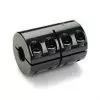
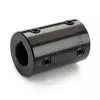
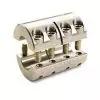
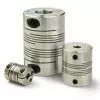
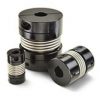
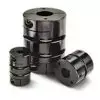
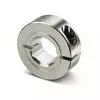
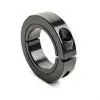
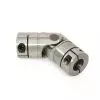
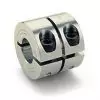 Short Rigid Couplings
Short Rigid Couplings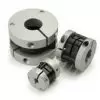 Controlflex Couplings
Controlflex Couplings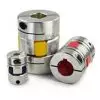 Jaw Couplings
Jaw Couplings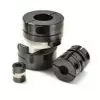 Oldham Couplings
Oldham Couplings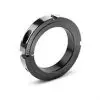 Bearing Locknuts – TCN
Bearing Locknuts – TCN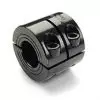 Double Wide Shaft Collars
Double Wide Shaft Collars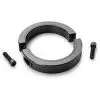 Heavy Duty Shaft Collars
Heavy Duty Shaft Collars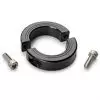 International Series Shaft Collars
International Series Shaft Collars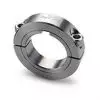 Keyed Shaft Collars
Keyed Shaft Collars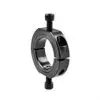 Mountable Shaft Collars
Mountable Shaft Collars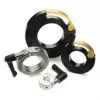 Quick Clamping Shaft Collars
Quick Clamping Shaft Collars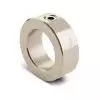 Set Screw Shaft Collars
Set Screw Shaft Collars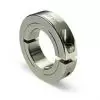 Thin Line Shaft Collars
Thin Line Shaft Collars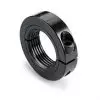 Threaded Shaft Collars – Pacific International Bearing Products
Threaded Shaft Collars – Pacific International Bearing Products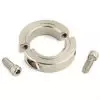 Two-Piece Shaft Collars
Two-Piece Shaft Collars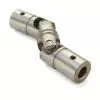 Friction Bearing Universal Joints
Friction Bearing Universal Joints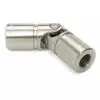 Needle Bearing Universal Joints
Needle Bearing Universal Joints